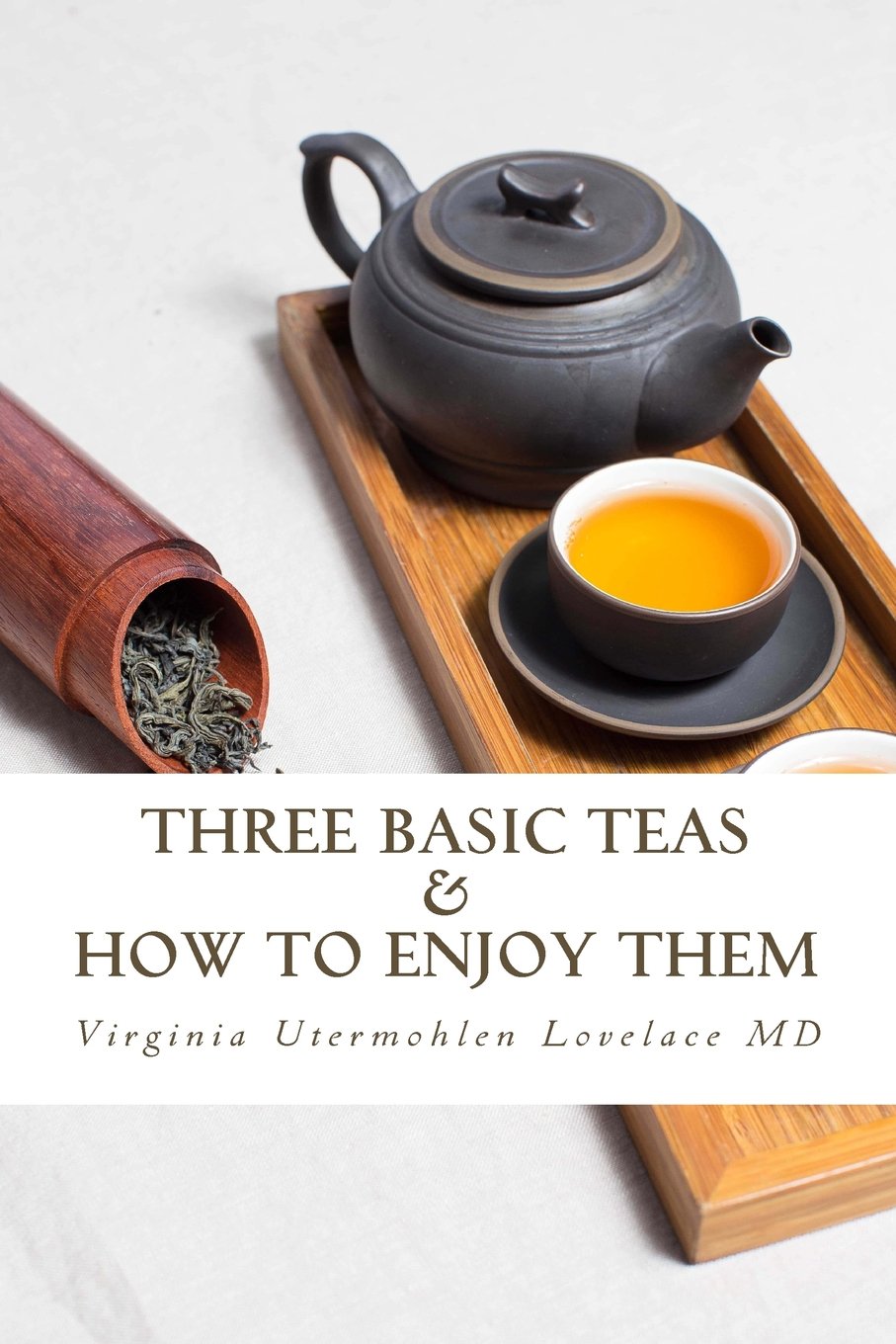I read A LOT of books on tea. This one really intrigued because it promised to cover more than your typical bases. I first became aware of the author while reading her blog, Virginia’s Pairteas. Her analysis of other blogger’s tastings was so intriguing that I just had to give her book a read. Virginia is a physician, scientist, and award-winning educator. At first, it seemed a bit odd to only focus on green tea, oolong, and black tea. However, once I saw the depth of the detail included it makes a bit more sense.
Virginia starts off the book by digging into the processes and resulting chemicals that occur during tea processing. We’ve all seen the typical comparison of a browned apple slice to oxidation in tea but that is not anywhere near the entire picture. Everything is explained with lots of easy to understand diagrams so it is easy to follow, even for those without a background in science. This is not information that I have seen in any other tea book, except for possibly Tea: A User’s Guide.
Each type of tea is then explored thoroughly, including the different chemicals that make up each of their flavor profiles. I found her explanation of taste buds and receptor cells especially useful. Did you know that you are genetically predisposed to taste tea in the way that you do? I won’t go into too much detail to avoid spoilers but reading this book inspired me to take a DNA test so that I can write about the results here (in reference to tea, of course).
I don’t often pair foods with my tea but there excellent suggestions for pairings with each type of tea, based on how they interact chemically. The content does jump around a bit so there are seemingly random sections interspersed throughout the book that might have been better served by being collected in the chapter about their subjects. As a long time reviewer of tea, there was one particular line that really spoke to me:
“The fact that we combine odors into odor objects means that nobody can identify more than four, and usually not more than three, different odors in a mixture, whether the person has been trained or not—it’s a biology-based limit. So people who bloviate about how many more different aromas they identify in, say, a wine or a tea, are just using their imaginations.”
I hope that I don’t bloviate too much these days but I know that I definitely did when I first started out. Flowery descriptions from tea companies made me feel like I was missing something.
This is a book that I think every tea lover needs to read and I am very much looking forward to the sequel about white tea, yellow tea, and puerh. Have you read this title yet? I’d love to hear your thoughts in the comments!
